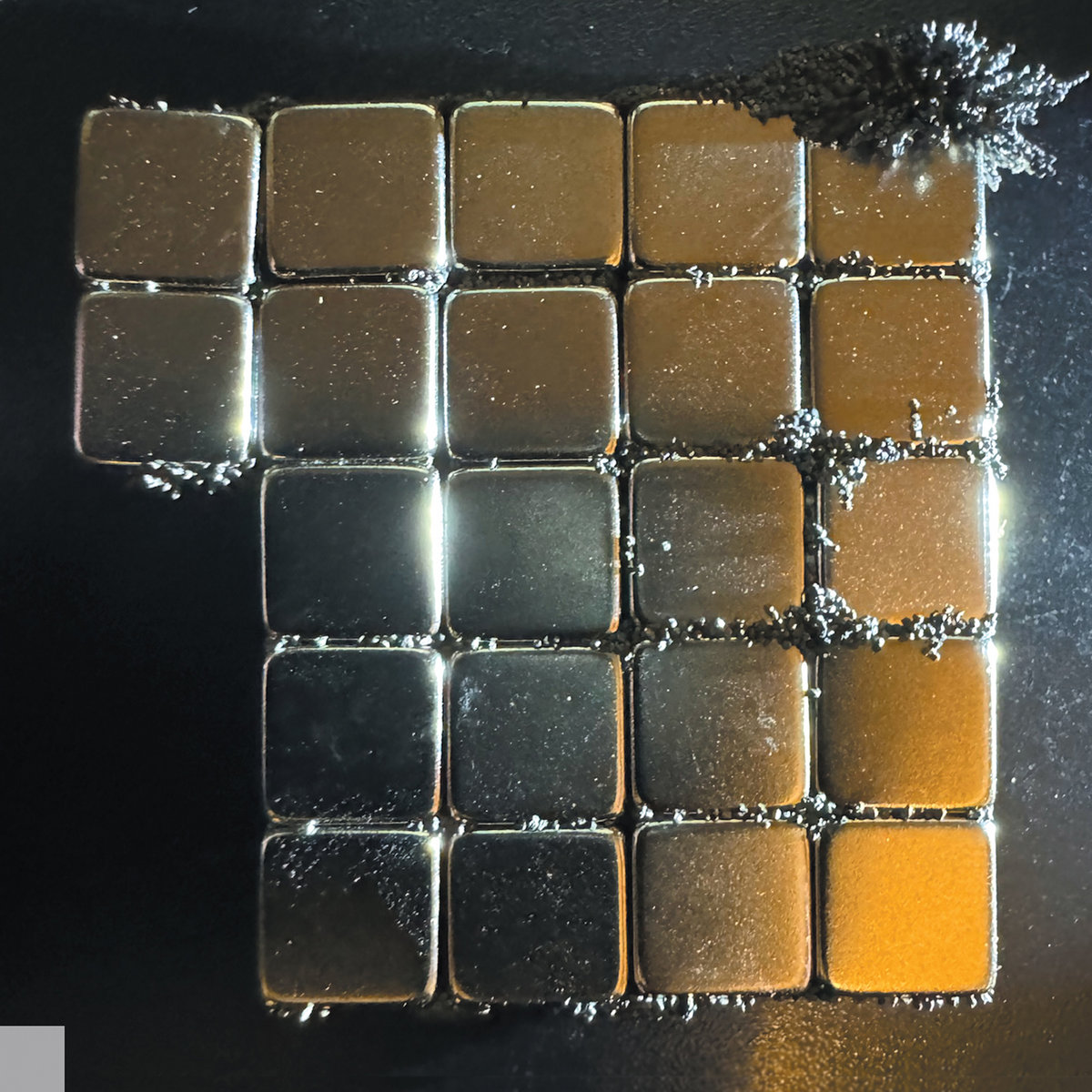Alex Keller, "Sleep room"
 Alex Keller's newest album's title, as well as many of the individual song names, are direct references to the CIA's notorious mind control MKUltra project, with thematic linkage due to Keller's use of electromagnetic sounds and interference, which was also part of those experiments. While this would almost be indicative of a harsh noise endurance test, Sleep room is quite the opposite. It may be a bit raw at times, but Keller's singular approach has a massively impressive depth and complexity to it, both stimulating curiosity as to what the sounds actually are and aesthetically engaging at the same time.
Alex Keller's newest album's title, as well as many of the individual song names, are direct references to the CIA's notorious mind control MKUltra project, with thematic linkage due to Keller's use of electromagnetic sounds and interference, which was also part of those experiments. While this would almost be indicative of a harsh noise endurance test, Sleep room is quite the opposite. It may be a bit raw at times, but Keller's singular approach has a massively impressive depth and complexity to it, both stimulating curiosity as to what the sounds actually are and aesthetically engaging at the same time.
Keller's employment of electromagnetic transducers takes the form of pieces extracted from other technological sources, such as old modems, network servers, LED lightbulbs, and even a bug zapper and stun gun. Manipulated in real time, rather than just processing existing recordings, means that Keller is able to truly treat these as instruments, rather than just sound sources that act as fodder for effects pedals and plug-ins.
Given the way in which these sounds were generated, it is not surprising that the tell-tale buzz of electronic interference is one unifying factor across these seven compositions. As a matter of fact, "buzz" is a word that I used far too much in my initial notes writing this review. That sound is unavoidable, as it immediately appears on the opener "LIDA device." Situated somewhere between the sound of a motor and an insect, Keller shifts, pans, and filters the sound constantly throughout, making it an extremely kinetic work.
"Blue/Art" is similar in that opening buzz and frequent volume shifts, but in this case he pairs it with a low frequency passage that gives a wet, aquatic bass rumble to the composition. While obviously utilizing a lot of the upper frequency range, Alex also employs the low end frequently, which gives an added depth due to the extreme sonic spectrum. The title piece features him using some filtered clicking interference before bringing in a massive rumble that envelops everything else. This leviathan-like swell comes and goes, giving the piece a disquieting structure.
Keller does, at times, toy with the implementation of rhythmic passages, though they are anything but consistent. "CISV" is all white noise flow at first, but throughout he adds a sputtering, erratic layer that starts and stops, never locking into anything that could truly construe a rhythm, but hints at it at least. "McGill" features a somewhat rhythmic churn throughout, with filtered noise and low rumbles paired with a murky grinding sound.
Alex Keller closes the album with the distinctly different sound of "Allan Memorial." Opening with a sustained, droning passage that sounds a lot like a vacuum cleaner (one of the "instruments" listed in the liner notes), but it is set apart due to his heavier use of reverb and electronics that are more pulsating rather than humming. The sound is comparably more restrained, and while the piece becomes a bit more dense and loop-focused towards the end, it still makes for a relatively calm conclusion.
Amidst the buzzing and static laden electronics used throughout Sleep room, Alex Keller's touch as both a performer and composer melds these generally unpleasant sounds into something that is quite enjoyable. His masterful touch perfectly layers each piece, ensuring that there is much going on without ever feeling overwhelming, and tasteful use of processing and treatment to the sounds maintains a unique, yet consistently unifying feature throughout. What could be interpreted as taking the unimportant (obsolete technology) and unintentional (electromagnetic interference) and sculpting it into something that is clearly deliberate and made with clear intent results in a mesmerizing album from an always fascinating artist.



